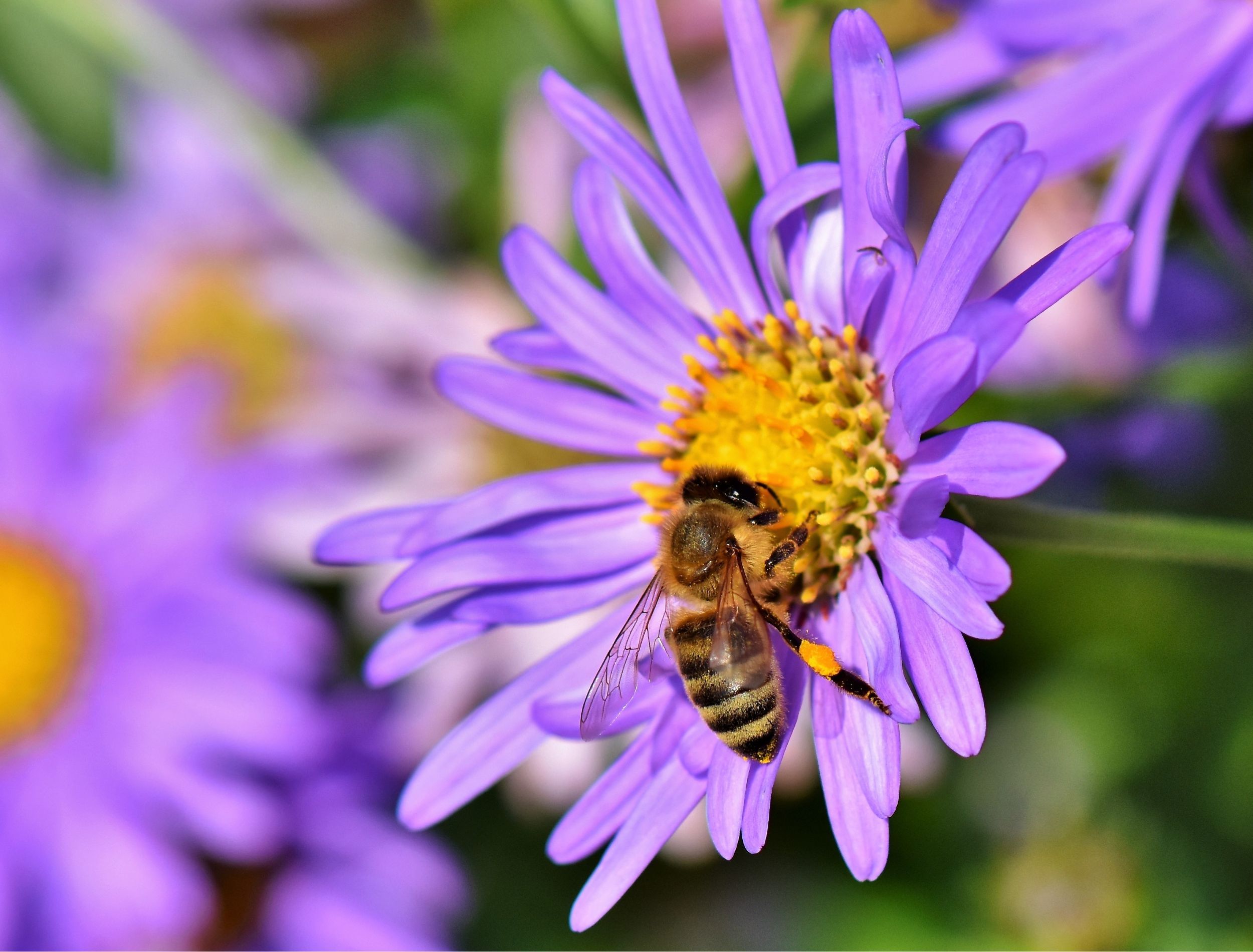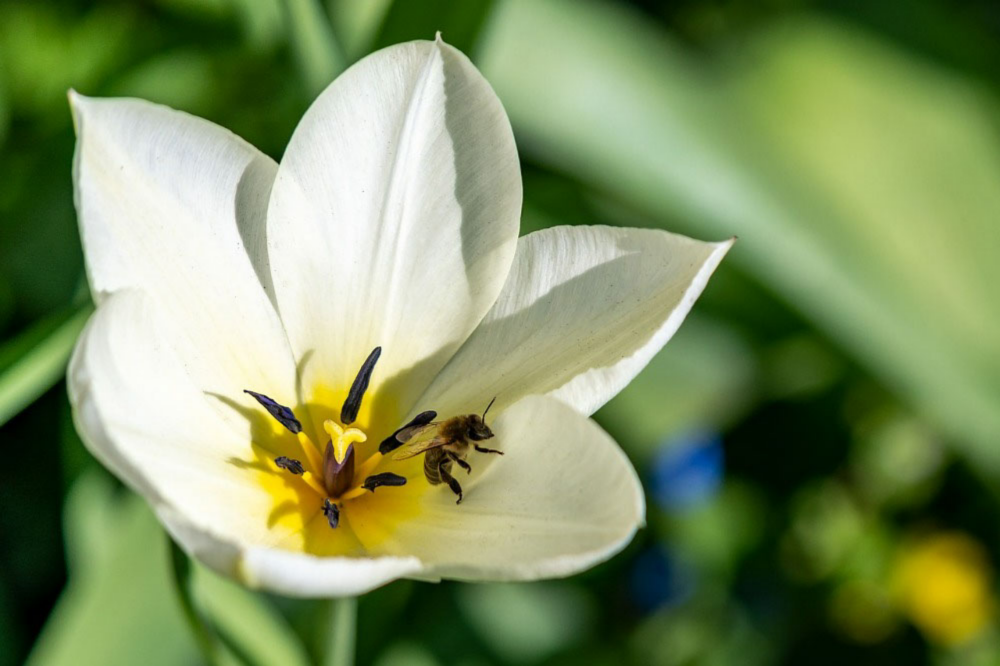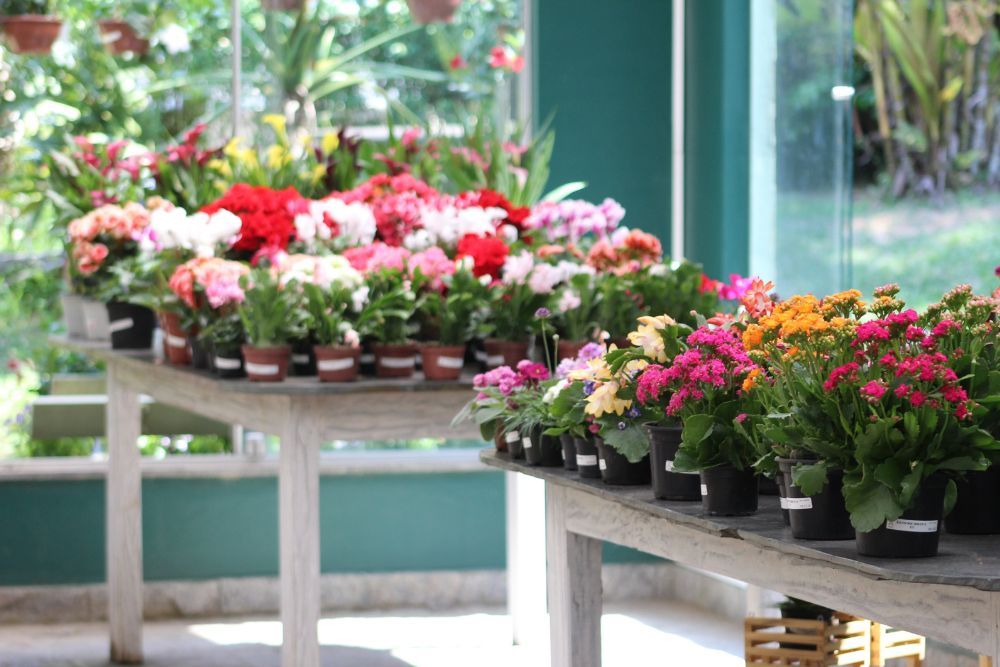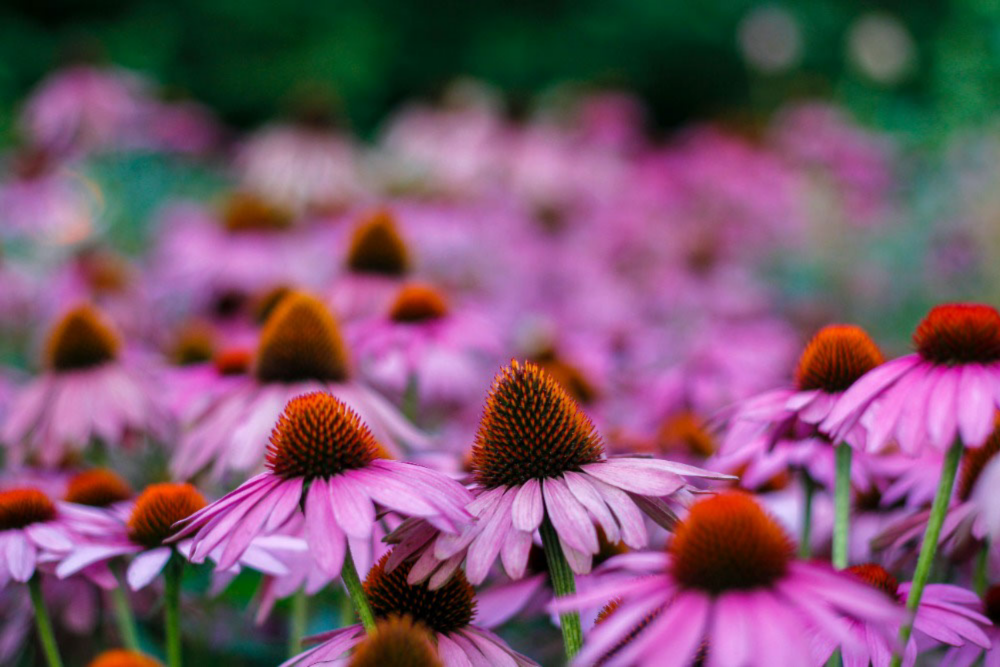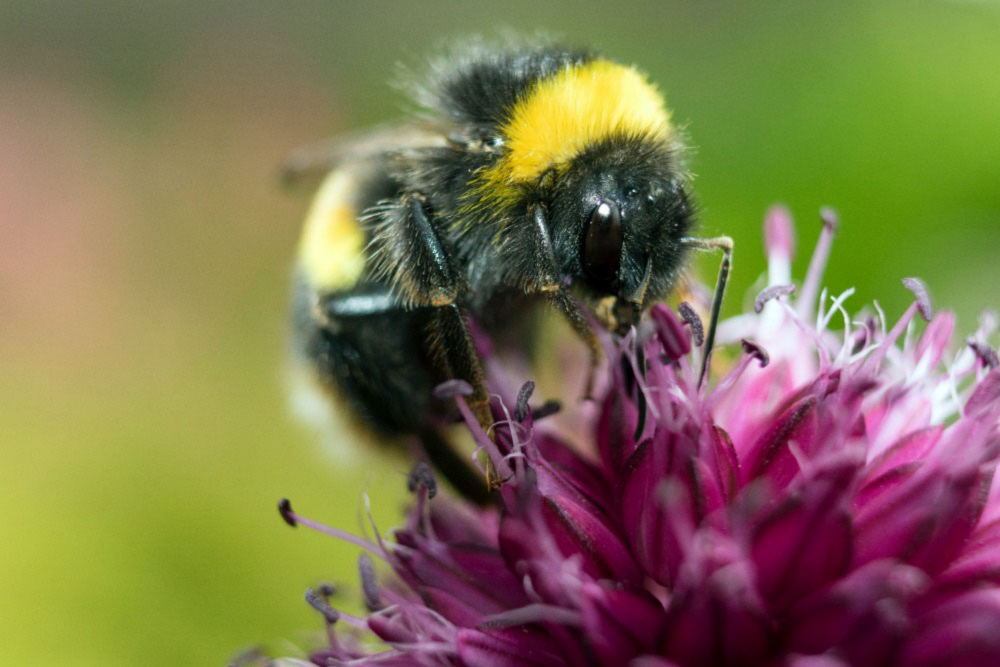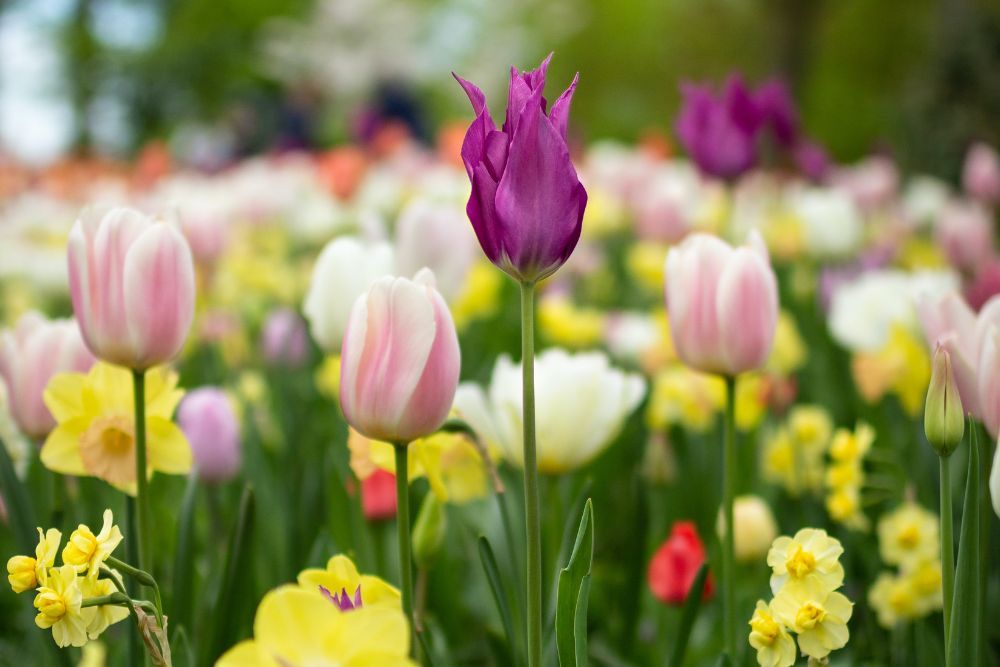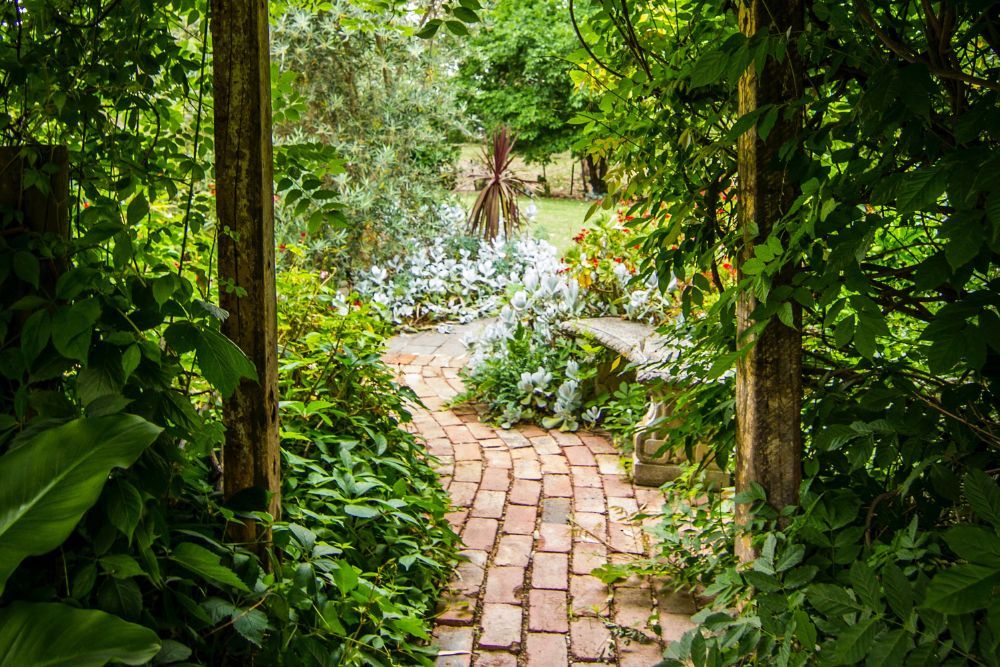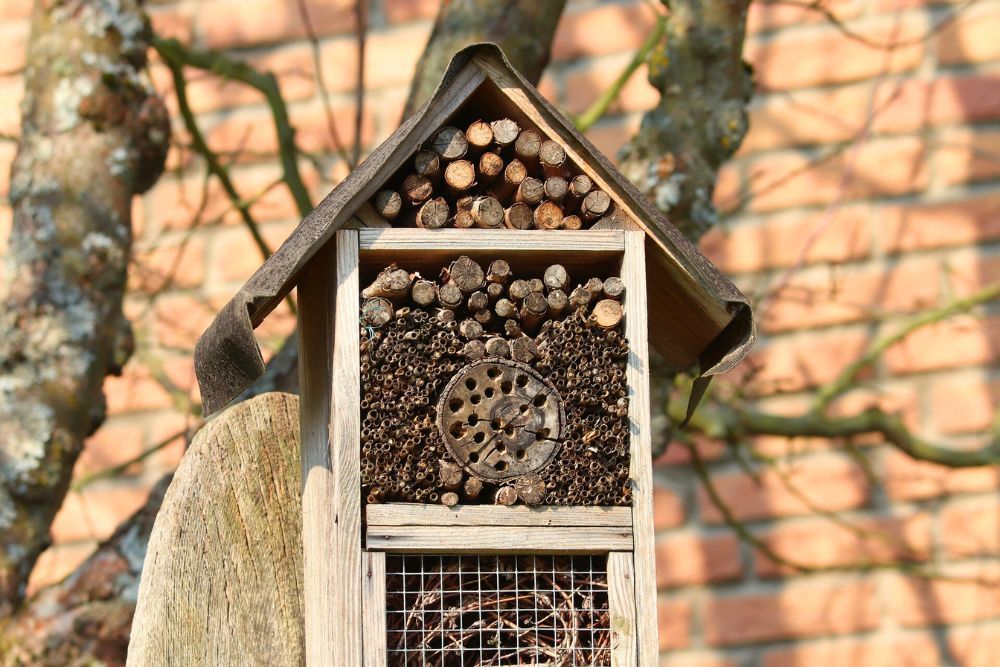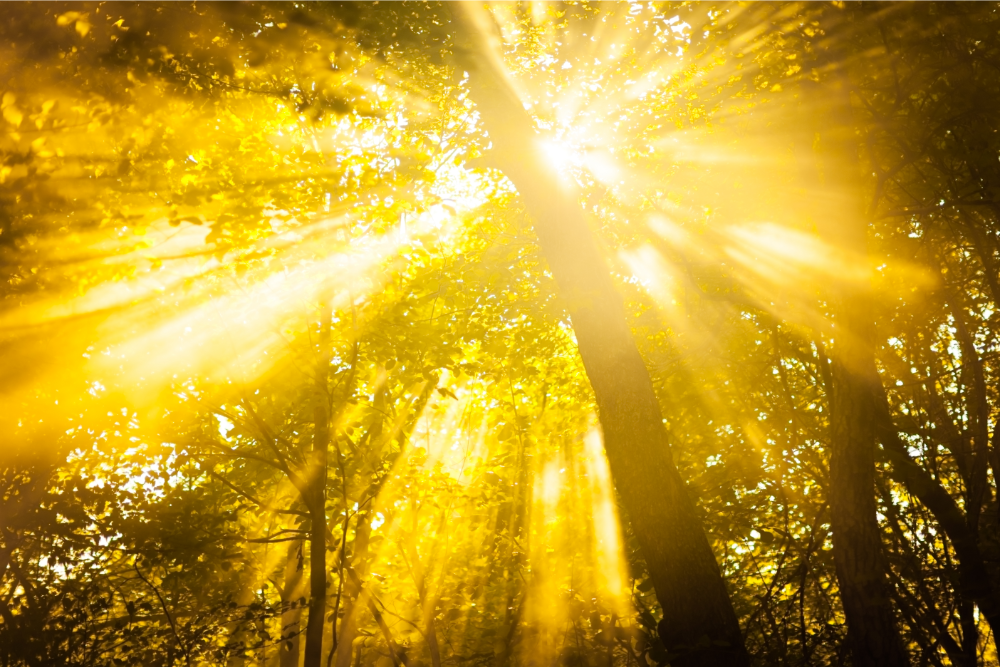Bees play an essential role in pollinating plants. Without them, many of your favorite foods and flowers would disappear. By planting a bee garden at home, you can help provide a safe haven for these important pollinators. Discover eight tips for planting your bee heaven that will thrive and attract plenty of friends to your yard all spring and summer long!
Why Plant a Bee Garden?
Image credits: Mariya_m via Pixabay
Bees are essential pollinators that are currently facing many environmental threats such as climate change and habitat loss. As a gardener, you can help support these vital creatures by planting a bee garden. This is a dedicated space that's designed with all the elements bees will enjoy and benefit from. Plus, your garden will thrive with extra help from these busy pollinators!
If you need some inspiration or aren't sure where to start, here are eight tips for creating a stunning bee garden!
1. Choose Variety
Image credits: Belmtec SD via Pexels
Bees are attracted to vivid colors and shapes because, just like humans, they can see color! However, bees cannot see the color red, and their eyesight is designed for detecting UV wavelengths which help them identify light versus dark areas. For this reason, when selecting flowers for your bee garden, choose bright varieties that show off vibrant hues of blue, violet, white, and yellow.
In addition to color, flower shapes and sizes are also important factors that will influence how many of these vital visitors your garden receives. Consider planting flowers that have tubular, flat, and bell-shaped flowers. Having various shapes and textures in your garden, will help bees spot flowers more easily when deciding where to land next.
2. Go with Native Species
Image credits: Rami Tayyen via Pexels
Although there are many beautiful flower hybrids to pick from, these altered species have weak pollination potential and will not be of much use to bees. Instead, aim to include species that are native to your area. By doing so, you’ll be able to support the environment, improve the health of your garden, and add a beautiful burst of color to your garden all at the same time.
Pick flowers that are native to your area. If you live in North America opt for echinacea, bee balm, blazing star, viburnum, blue flag irises, hibiscus, and ironweed.
3. Provide Consistent Bloom
Image credits: Paul via Pexels
To keep bees coming back to your garden as much of the year as possible, select plants with different and long-lasting blooming periods. This will help build up an ongoing bloom schedule in your garden, starting as early as the end of winter and potentially lasting well into the fall. Try out annuals such as snapdragons, or perennials like daisies.
4. Plant in Groups
Image credits: Vural Yavas via Pexels
Bees are much more likely to visit your garden if you plant your flowers in clusters or groups. Doing this will make your garden much more visually appealing as they scan the area from above in search of their next pollination station. In addition, you’ll save the bees a lot of energy so they don’t have to go searching for the next flower to visit. Instead, they can stay in your garden for as long as they like, efficiently moving between nearby flowers.
5. Keep Things Natural
Image credits: Tim Cooper via Unsplash
Though you may prefer a well-manicured garden, bees will appreciate things kept as natural as possible. If there are vines, branches, or leaves that poke out of random places, try to leave these natural elements alone. Bees need them to build their nests and hives. Alongside this, avoid pesticides at all costs as they can be harmful or even deadly to bees.
6. Offer Nesting Sites
Image credits: Manfred Richter via Pixabay
Just like all wildlife, bees need places to rest. To help them do so and keep them close to your garden, provide a nesting site for them in your yard. The easiest way to do this is to create or buy a nesting box with lots of hollow tunnels and tubes that bees enjoy climbing into. Aim for your bee box to be made out of natural material like bamboo or wood, since synthetic materials like plastic are not eco-friendly and much less breathable. Bee boxes tend to attract bee species such as the Red Mason bee in early spring, and Patchwork Leafcutter bees or Masked-faced bees later in the summer.
7. Bring Out The Sun
Image credits: Georgijevic via Canva
Sunshine is essential for both flowers to thrive and bees to visit your garden. When planting your flowers and setting up your nesting site, make sure these areas receive full sun. At least six hours of sunlight per day is optimal. In addition to this, aim to select spots that are protected from strong winds. It’s a good idea to keep your bee garden and nesting sites hidden behind larger trees and shrubs.
8. Add Some Herbs
Image credits: uuurska via Canva
If you want to plant a bee garden, but don’t have much room to add additional flowers, you can also plant herbs! Oregano, chives, lavender, rosemary, thyme, lemon balm, mint, and sage, all provide excellent sources of nectar for bees. Because herbs are relatively small, you can also plant them in hanging baskets or pots to help guide bees to your garden.
Enjoy Your Bee-eautiful Garden
By following these eight tips, you can create a beautiful and bee-friendly garden for these important pollinators. In addition to helping the environment, you’ll also create a peaceful and relaxing outdoor space to enjoy.
How have these tips worked out for you? Share more about your experience planting a bee garden in the comments below!

